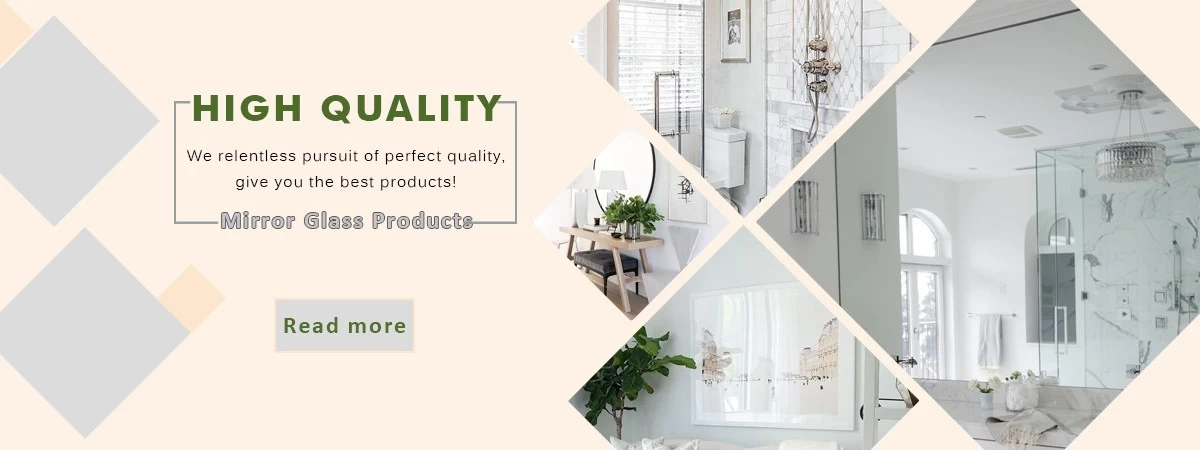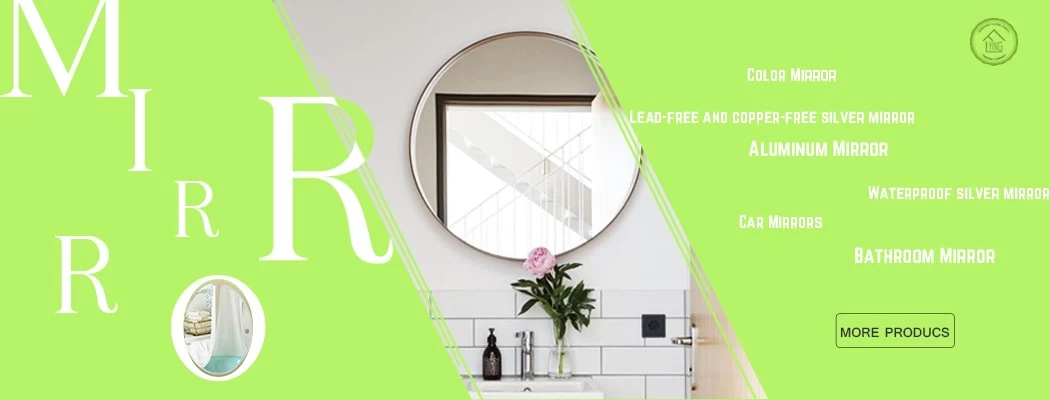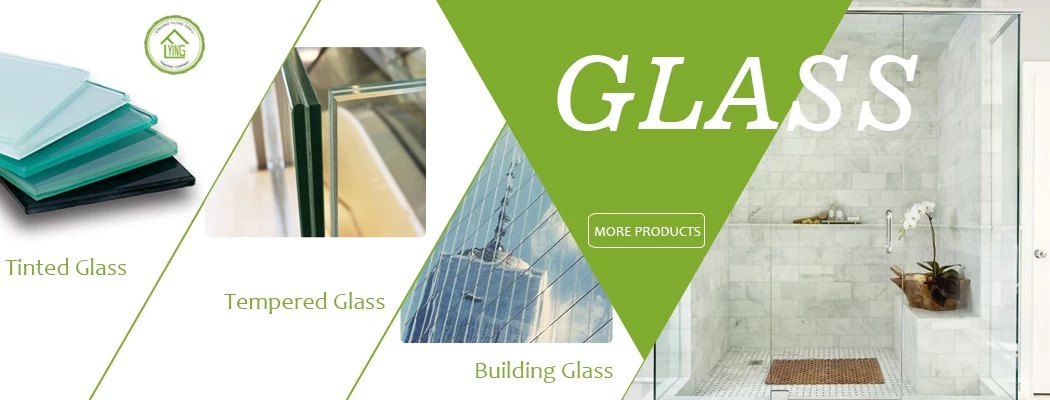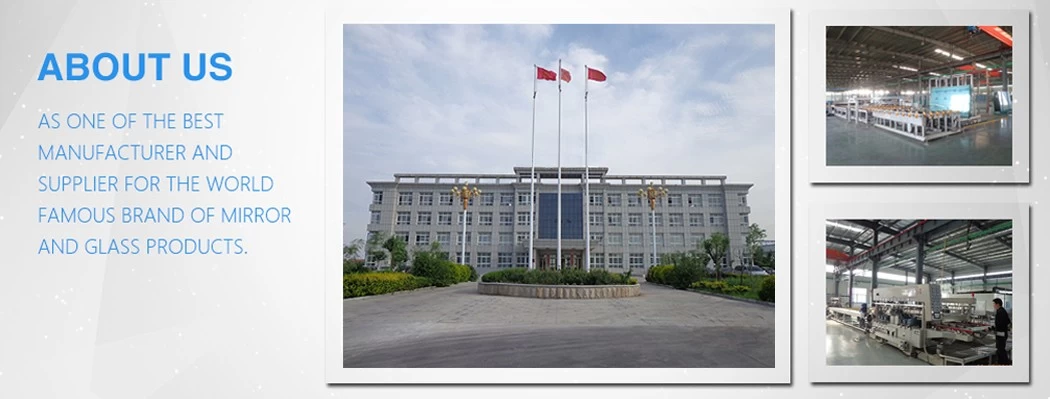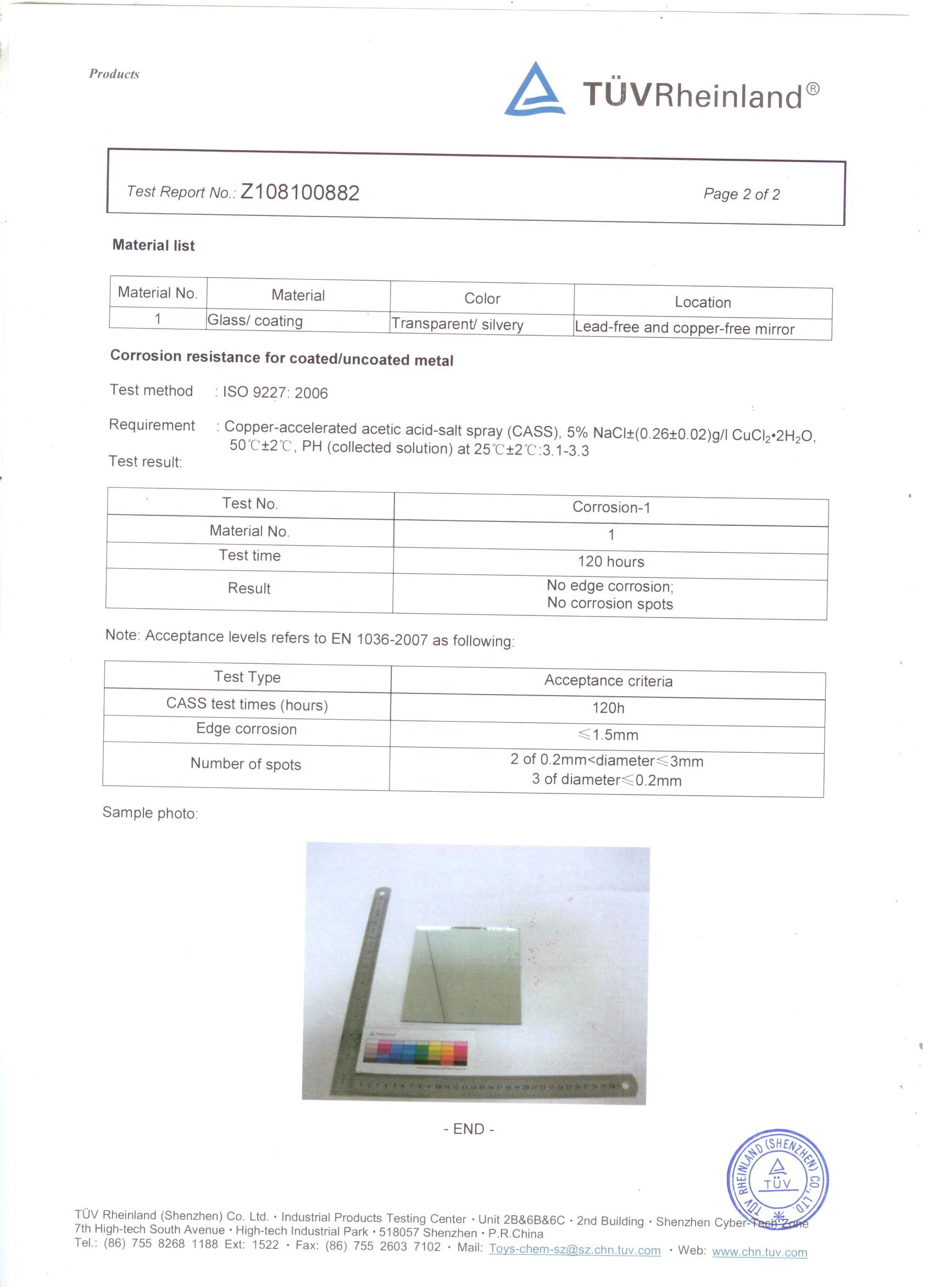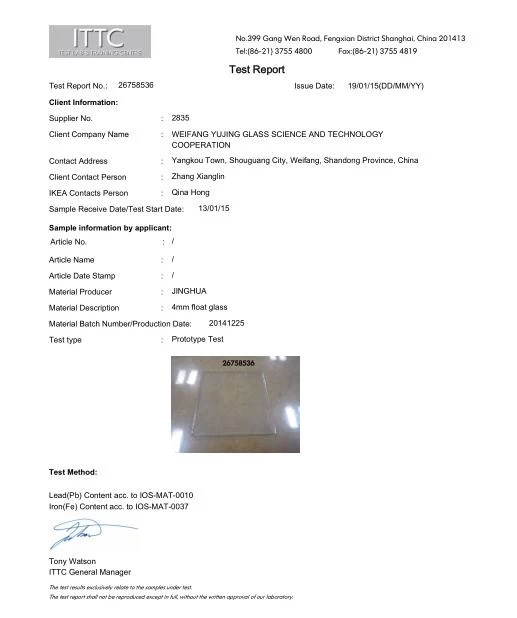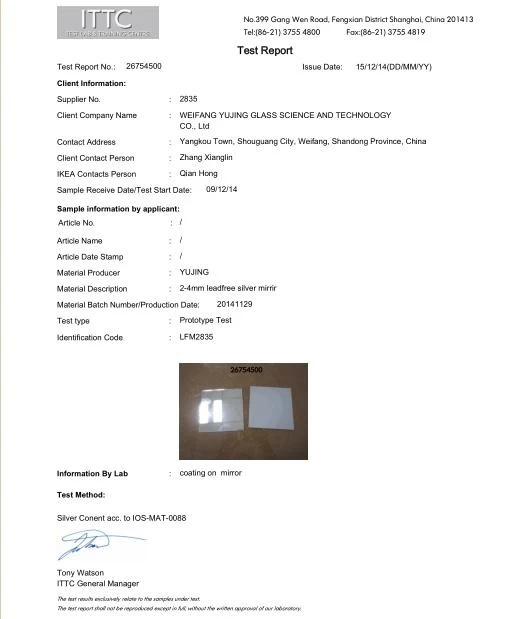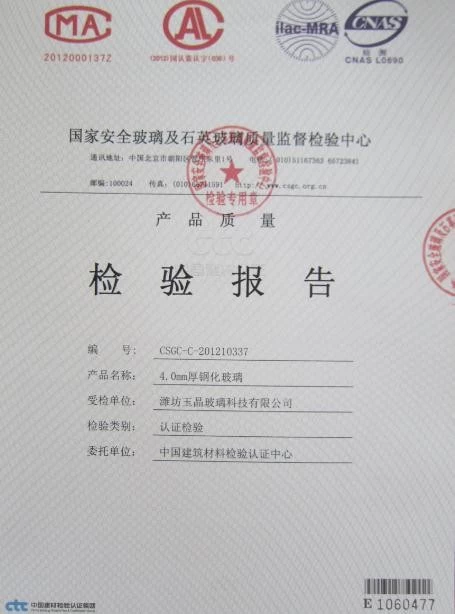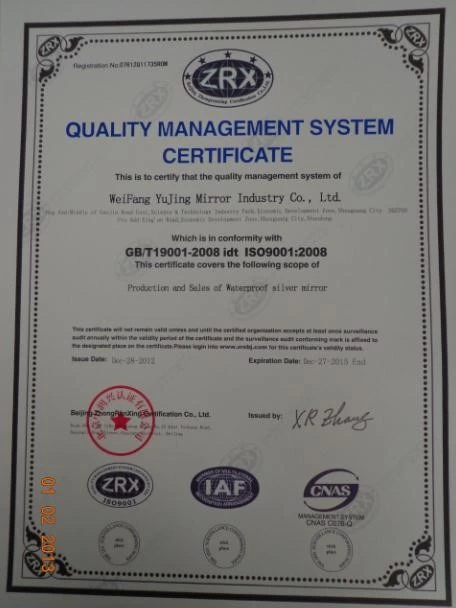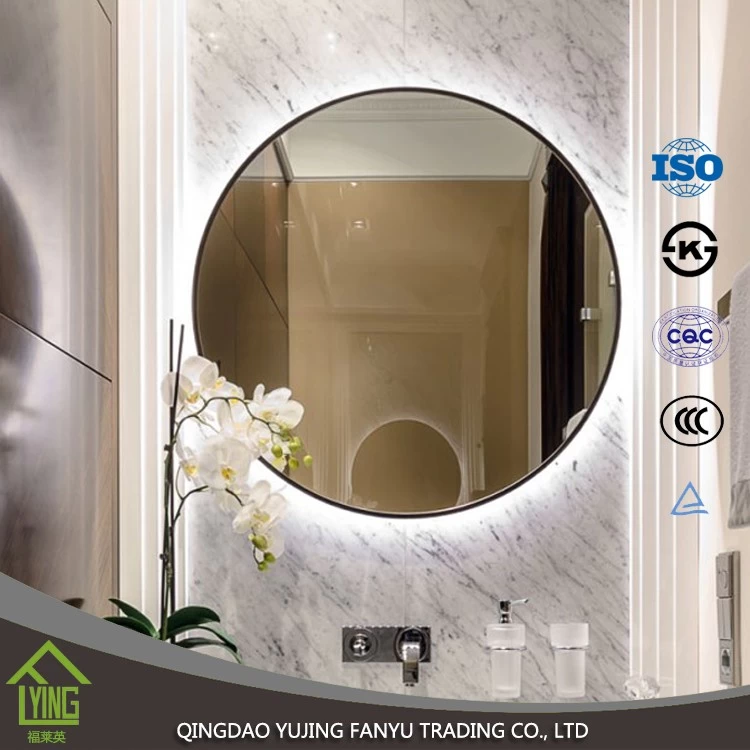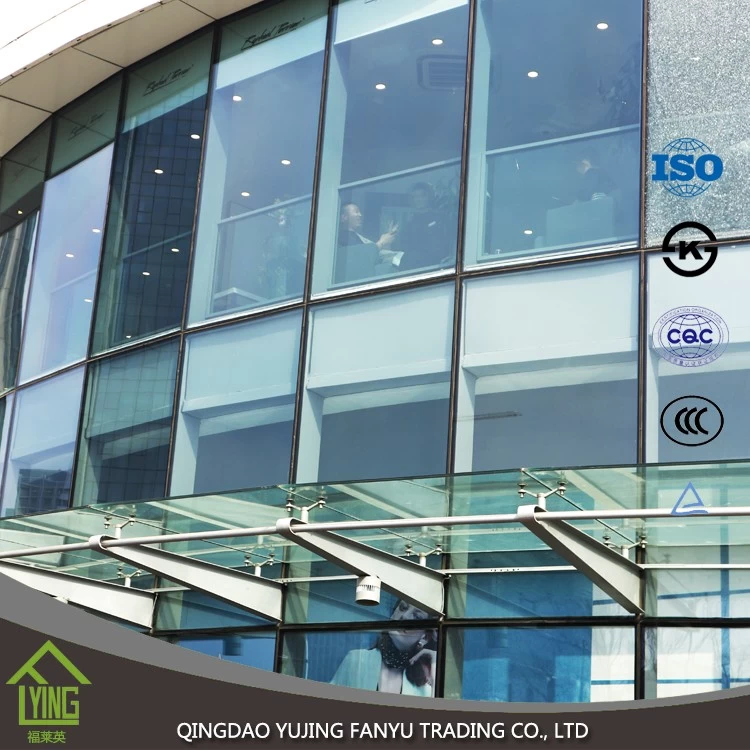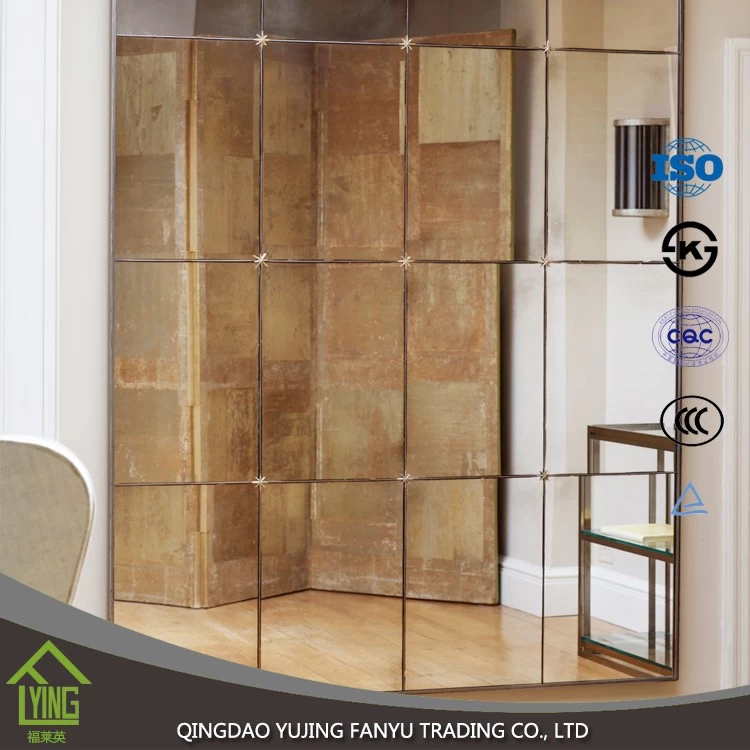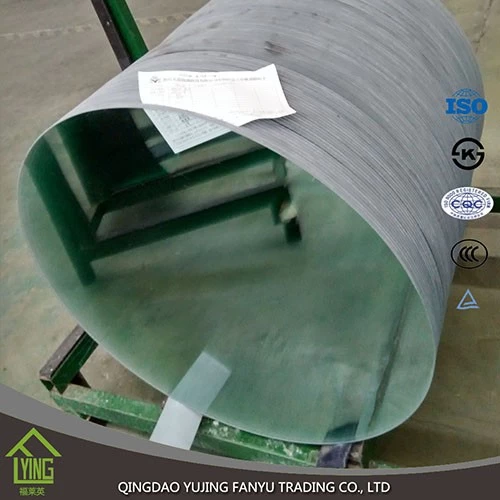Glass performance parameter explanation
fanyumaoyi
chinamirrormanufacturer.com
2017-01-16 14:13:09
For a lot of early contact with engineering people, sees a glass performance parameter form is often confused. Every word but together what had seemed a little unclear.
Still others know the glass performance parameters for each of these logical relations after it said it is not clear. Today we'll talk about the implications of these performance parameters and logic.
Transmission (Transmittance)
Architectural glass transmittance simple understanding is the proportion of light through the glass, higher values mean greater proportion of light through the glass also means that glass look more.
Because the pupil of the human eye to light intensity has a strong ability to adjust, in fact, under normal natural optical, most people through the glass above the rate of 50% of feeling the difference is not obvious. Requirements of the relevant specification architectural glass transmittance is greater than 40%. But from the perspective of actually used through rate result in an experience in a full glass curtain wall of glass is also no problem.
Albedo (Reflectance)
Ratio of reflectivity is simple to understand is the glass reflects light, higher values mean more highly reflective glass also means that glass look more beautiful.
Architectural glass reflection rate is too high on the so-called problem of light pollution, GB emphasizes general building features a reflectivity of glass should not exceed 30%, mandatory provisions in some areas the reflectivity of the glass cannot be more than 18% or 15%.
Coated glass actually has an indoor as well as features a reflectivity reflectance. Features a reflectivity too high will cause light pollution, Interior reflection rate is too high will cause the glass in case of night lights produces strong specular effects will make the Interior completely do not see outside.
Shading coefficient (SC)
Shading coefficient can be simply understood as a percentage of all wavelengths of sunlight through glass. Transmittance and reflectance are refers to visible light. Shading coefficient is the Sun, sunlight in the visible light is about 50%, infrared (thermal) about 43%, ultraviolet radiation accounts for about 7%.
Shading coefficient is a measure of visible light, infrared and ultraviolet ratio of total occlusion.
Shelter coefficient of vision (visibility function)
Visual shelter coefficient can be simply understood as reflectance and transmittance of the meaning of this parameter can be interpreted as can be seen through the glass the glass behind the scenes.
Through the lower, reflecting the higher rate, the vision shelter coefficient greater, is more difficult to see through the glass behind the image. Instead through the higher and lower the reflectivity of the glass behind the images more clear.
Selection coefficient (r)
Selection coefficient of transmittance and shading coefficient is the ratio of the larger means that infrared rays from the Sun glass filter stronger. The same transmission rate case, lower the shading coefficient selection coefficient of glass block infrared capability is stronger.
Generally speaking thermal reflective coating r below 1, single silver glass at around 1.2 three silver, silver glass at around 1.5, 1.7 per cent.
Heat transfer coefficient (U-value)
Expression mean heat transfer coefficient k-value of the glass block to heat transfer temperature difference between indoor and outdoor skills. Shading coefficient is a measure of heat transfer coefficient is a measure of radiation heat transfer convection and conduction heat transfer.
Improving the heat transfer coefficient of glass is the most simple and effective method of insulating glass insulating spacer width and gas composition on heat transfer coefficient inside the hollow has a greater impact.
Still others know the glass performance parameters for each of these logical relations after it said it is not clear. Today we'll talk about the implications of these performance parameters and logic.
Transmission (Transmittance)
Architectural glass transmittance simple understanding is the proportion of light through the glass, higher values mean greater proportion of light through the glass also means that glass look more.
Because the pupil of the human eye to light intensity has a strong ability to adjust, in fact, under normal natural optical, most people through the glass above the rate of 50% of feeling the difference is not obvious. Requirements of the relevant specification architectural glass transmittance is greater than 40%. But from the perspective of actually used through rate result in an experience in a full glass curtain wall of glass is also no problem.
Albedo (Reflectance)
Ratio of reflectivity is simple to understand is the glass reflects light, higher values mean more highly reflective glass also means that glass look more beautiful.
Architectural glass reflection rate is too high on the so-called problem of light pollution, GB emphasizes general building features a reflectivity of glass should not exceed 30%, mandatory provisions in some areas the reflectivity of the glass cannot be more than 18% or 15%.
Coated glass actually has an indoor as well as features a reflectivity reflectance. Features a reflectivity too high will cause light pollution, Interior reflection rate is too high will cause the glass in case of night lights produces strong specular effects will make the Interior completely do not see outside.
Shading coefficient (SC)
Shading coefficient can be simply understood as a percentage of all wavelengths of sunlight through glass. Transmittance and reflectance are refers to visible light. Shading coefficient is the Sun, sunlight in the visible light is about 50%, infrared (thermal) about 43%, ultraviolet radiation accounts for about 7%.
Shading coefficient is a measure of visible light, infrared and ultraviolet ratio of total occlusion.
Shelter coefficient of vision (visibility function)
Visual shelter coefficient can be simply understood as reflectance and transmittance of the meaning of this parameter can be interpreted as can be seen through the glass the glass behind the scenes.
Through the lower, reflecting the higher rate, the vision shelter coefficient greater, is more difficult to see through the glass behind the image. Instead through the higher and lower the reflectivity of the glass behind the images more clear.
Selection coefficient (r)
Selection coefficient of transmittance and shading coefficient is the ratio of the larger means that infrared rays from the Sun glass filter stronger. The same transmission rate case, lower the shading coefficient selection coefficient of glass block infrared capability is stronger.
Generally speaking thermal reflective coating r below 1, single silver glass at around 1.2 three silver, silver glass at around 1.5, 1.7 per cent.
Heat transfer coefficient (U-value)
Expression mean heat transfer coefficient k-value of the glass block to heat transfer temperature difference between indoor and outdoor skills. Shading coefficient is a measure of heat transfer coefficient is a measure of radiation heat transfer convection and conduction heat transfer.
Improving the heat transfer coefficient of glass is the most simple and effective method of insulating glass insulating spacer width and gas composition on heat transfer coefficient inside the hollow has a greater impact.

